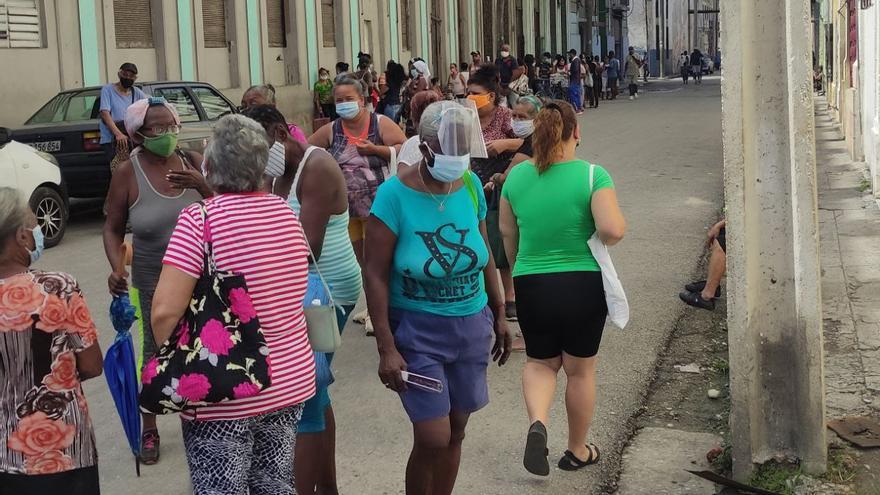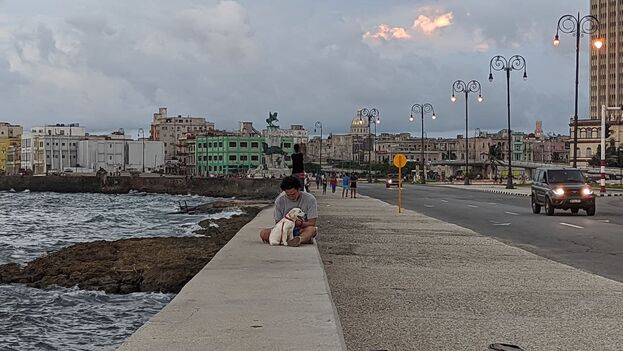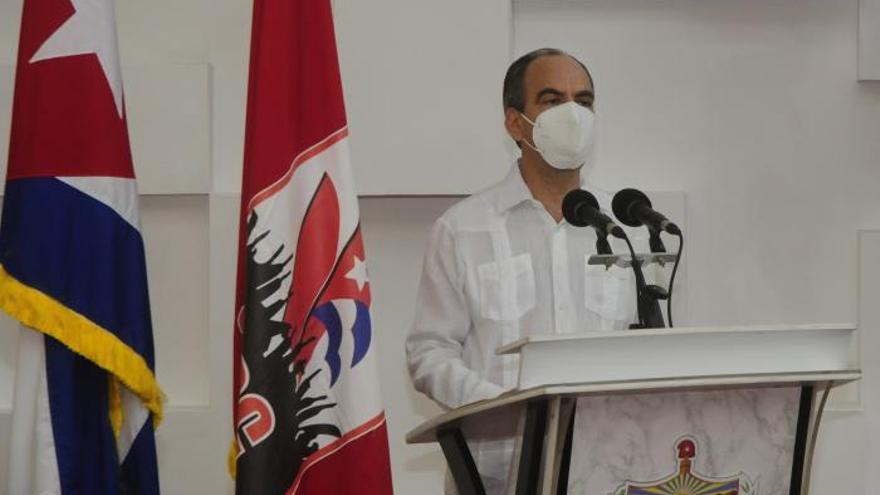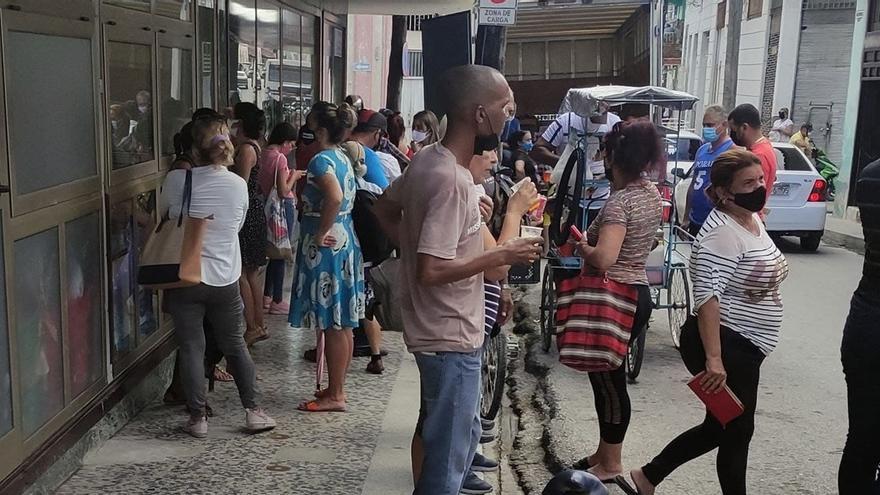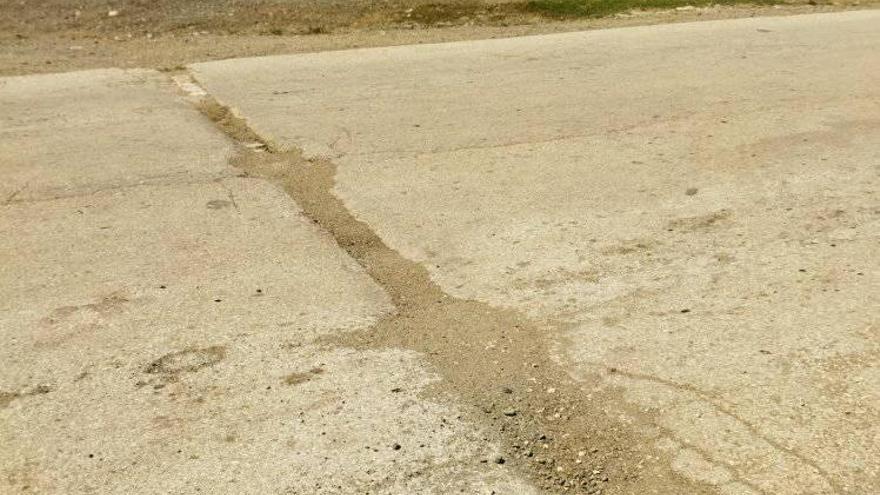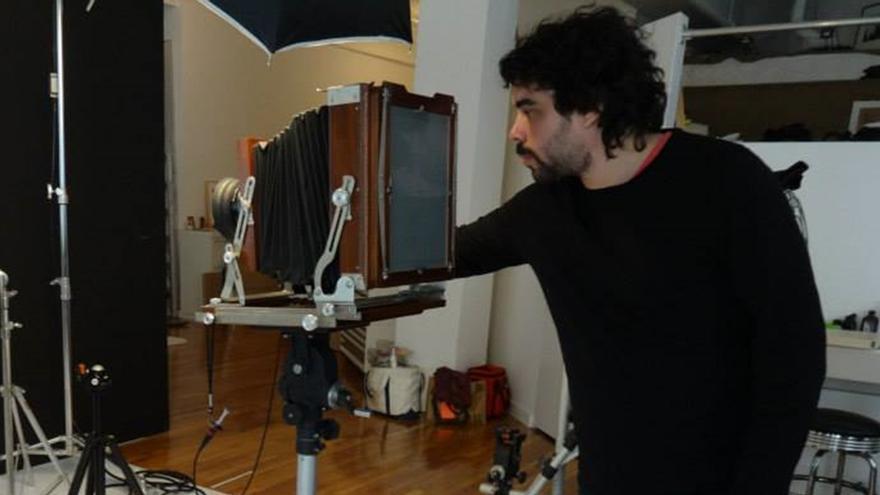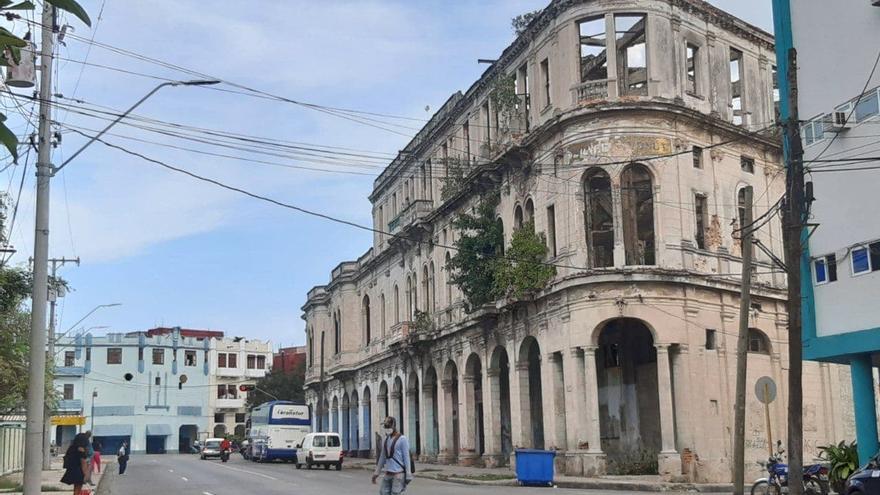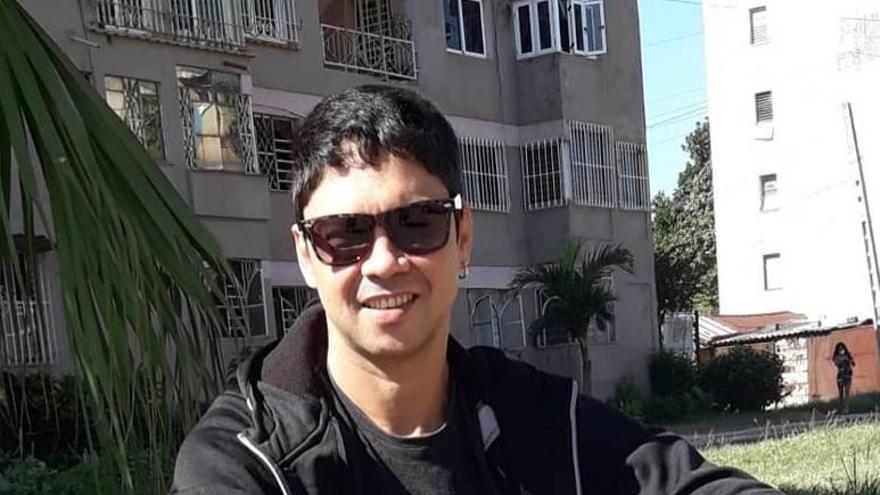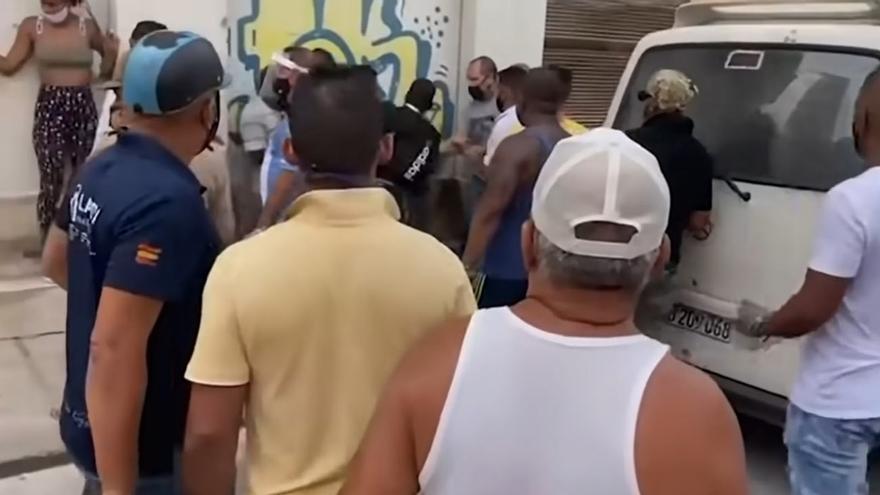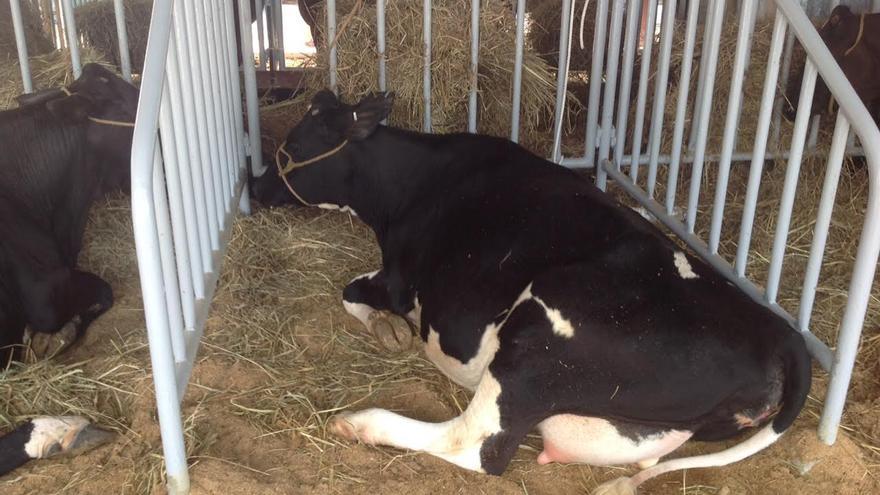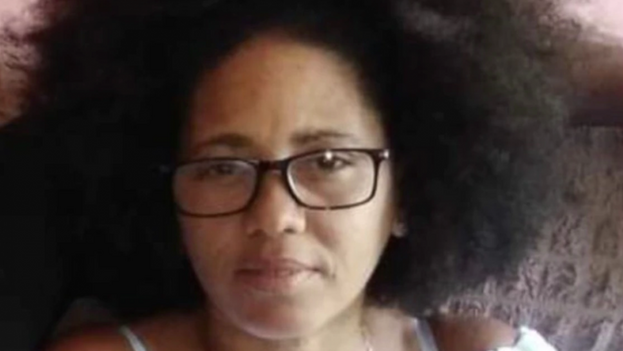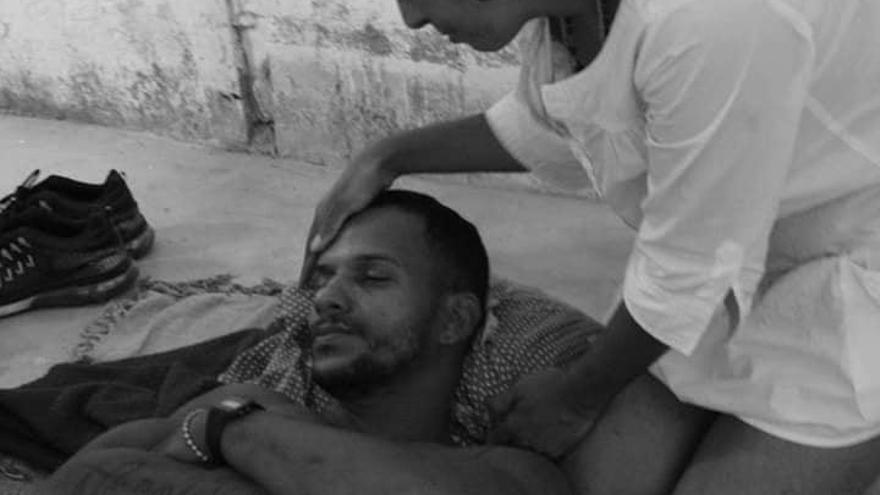
![]() 14ymedio, Havana, 26 October 2021 — Maykel Castillo ‘Osorbo’ is on a hunger and thirst strike in a dungeon at the Kilo 5 and a Half prison, in the province of Pinar del Río, according to art curator and activist Anamely Ramos. After several hours of uncertainty in which the San Isidro Movement (MSI) expressed its concern about the absence of the daily call that the artist makes to his family, the rumors that other inmates had sent to their relatives about the possibility that he was a ’plantado’ were confirmed.
14ymedio, Havana, 26 October 2021 — Maykel Castillo ‘Osorbo’ is on a hunger and thirst strike in a dungeon at the Kilo 5 and a Half prison, in the province of Pinar del Río, according to art curator and activist Anamely Ramos. After several hours of uncertainty in which the San Isidro Movement (MSI) expressed its concern about the absence of the daily call that the artist makes to his family, the rumors that other inmates had sent to their relatives about the possibility that he was a ’plantado’ were confirmed.
“They [the prisoners] have taken care of him all this time and when they shouted Patria y Vida, when they heard about the Latin Grammy nomination, they felt that their hope resurfaced beyond the imprisoned body. ’He cannot die for us’, they repeat over and over again, calling their families and asking them to report the Maykel situation,” Ramos wrote on her Facebook profile on Tuesday.
The activist, who is currently doing postgraduate studies at a university in Mexico, has expressed her closeness to Osorbo even from a distance, emphasizing that the singer and author of the song that has become an anthem for change in Cuba is aware that he is imprisoned for having been part of “a song that inspired a people,” but he vindicated his example for other people.
“Maykel is the example that all human beings can improve and grow, he is the example that no matter how much violence they have thrown against you, you can always love and fight peacefully for freedom. Maykel alone represents all mobility that the ’Revolution’ promised and did not fulfill,” she adds. continue reading
Her words came hours after the virtual press conference called by the San Isidro Movement in which she herself emphasized the rejection of Luis Manuel Otero Alcántara and Osorbo himself to be released in exchange for exile, a negotiation that dates back to several weeks ago, according to Tania Bruguera, and that facilitated the departure from the country of the artists Hamlet Lavastida and Katherine Bisquet to Poland.
“We do not accept the political blackmail of the exile and exile of the Cuban dictatorship as a condition to free the political prisoners in Cuba,” the group said in summary.
Although the press conference was initially called to give “unconditional support” to the Archipiélago collective and the Civic Marches for Change scheduled for November 15, the MSI took the opportunity to demand the release of all political prisoners, among whom it cited Otero Alcántara and Osorbo expressly.
Anamely Ramos reiterated the “total solidarity” of the MSI with Archipiélago and insisted that the country lives in a “situation of terror,” with continuous reprisals for those who disagree politically, which materialize in expulsions from jobs, threats to families and other bullying practices.
Fernando Almeyda, one of the Archipelago spokespeople who also participated in the conference through Zoom, considered that his organization has already achieved “something important” with this call, although he fears that the Government, prisoner of a “tremendous fear” in the face of the protests, will respond with attacks.
“We know that we can face many very difficult scenarios on November 15,” said Almeyda, who stressed that opponents face “a system that has only violence left.”
Almeyda stressed that the initiative has a peaceful nature, and encouraged those who do not feel safe to participate in the protest in an alternative way with cacerolazos — the banging of pots and pans –or on social networks.
Hours later, the head of the Ideological Department of the Communist Party of Cuba, Rogelio Polanco, directly accused the United States Government of being “the true organizer and promoter of the provocation mounted for November.”
The official affirmed that senior officials of the Washington Administration “participate openly” in promoting the march with the intention of bringing about a change in the island’s political system.
“The supposed peaceful march is a provocation as part of a strategy of a soft coup and its purposes coincide with the main lines of attacks, slander, lies and threats used by those who, financed by the US Government, oppose the Cuban political system and they are trying to destabilize it and restore capitalism,” the official stressed on the Roundtable program on State TV.
____________
COLLABORATE WITH OUR WORK: The 14ymedio team is committed to practicing serious journalism that reflects Cuba’s reality in all its depth. Thank you for joining us on this long journey. We invite you to continue supporting us by becoming a member of 14ymedio now. Together we can continue transforming journalism in Cuba.

